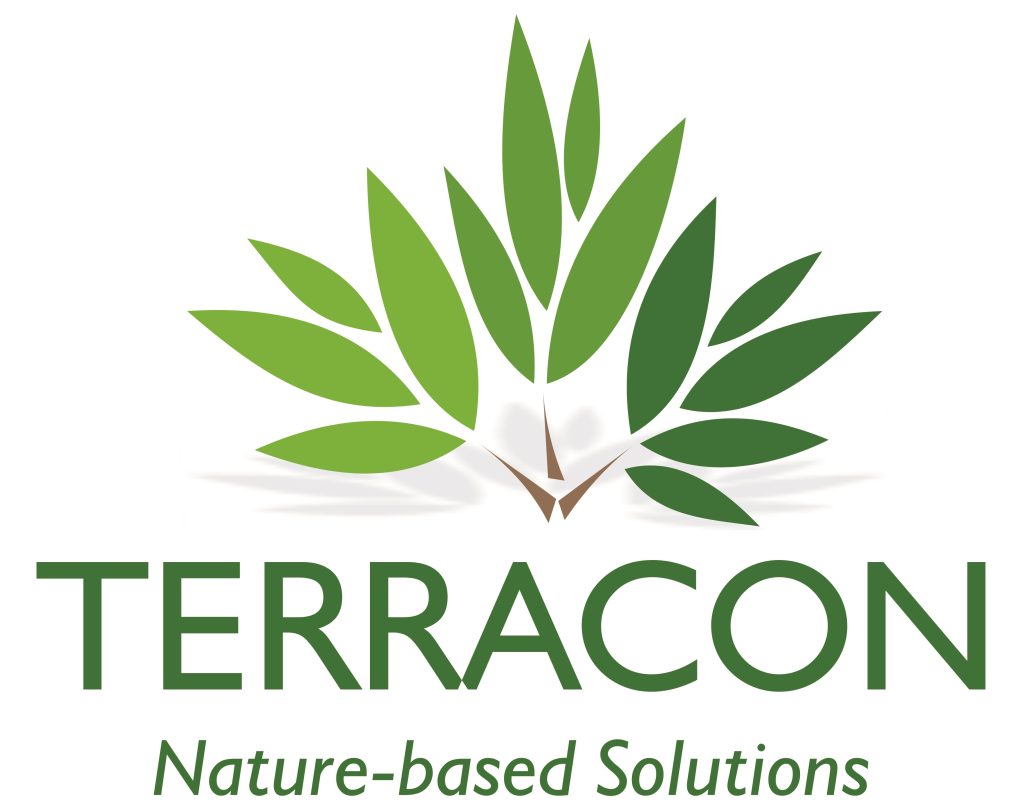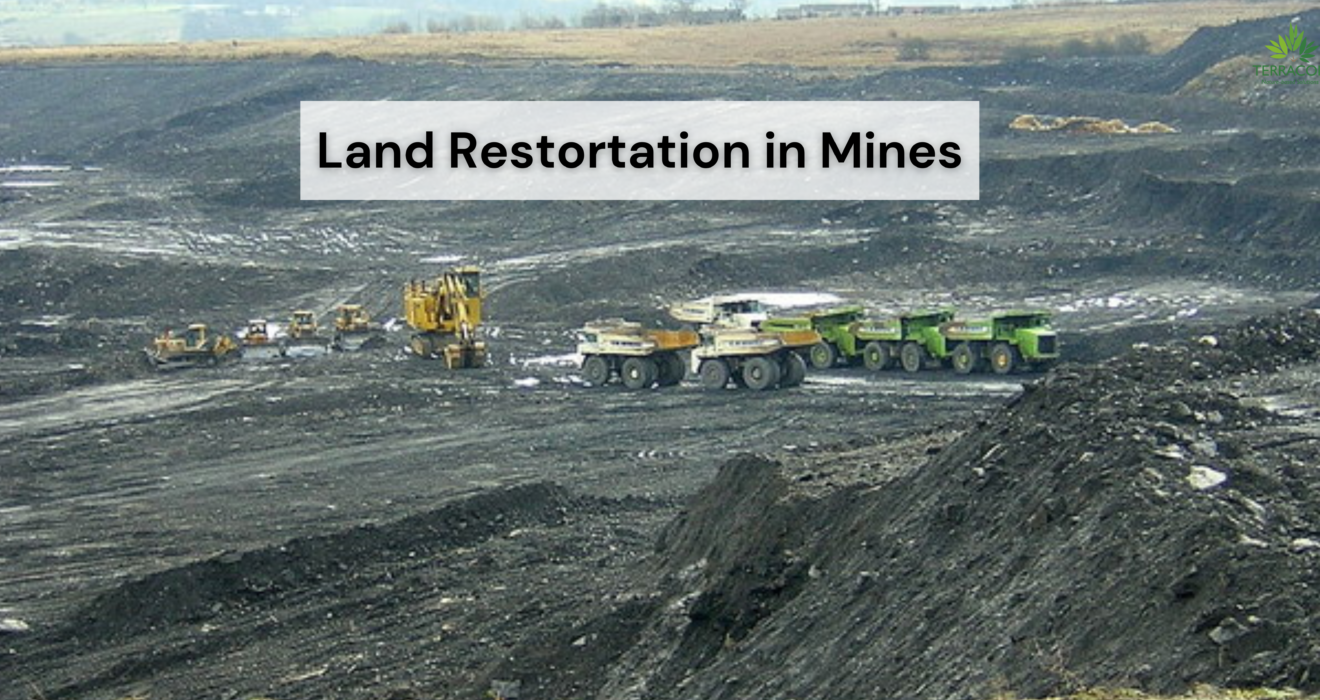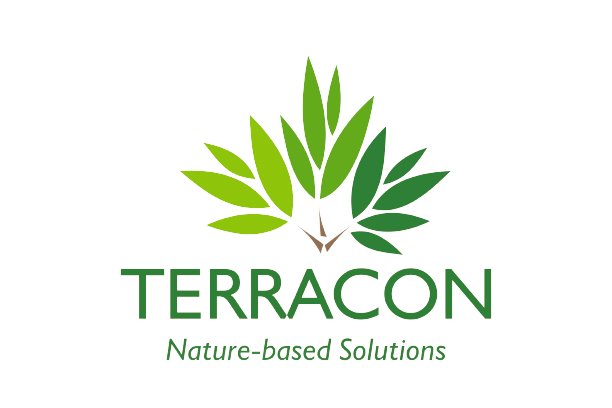Have you ever driven past a barren wasteland, only to learn that it was once a thriving ecosystem? The mining industry has long been associated with environmental degradation and land destruction. However, as the world grapples with the challenges of climate change, biodiversity loss, and sustainable development, the industry is shifting its focus towards responsible and environmentally-friendly practices. One crucial aspect of this shift is land restoration in mining, a process that seeks to revitalize degraded or damaged land to a beneficial end use.
Take Goa, for instance, where unscientific and illegal mining has ravaged the landscape, degrading over 700 square kilometers of land in just a few decades, and leaving behind a trail of destruction and displacement.
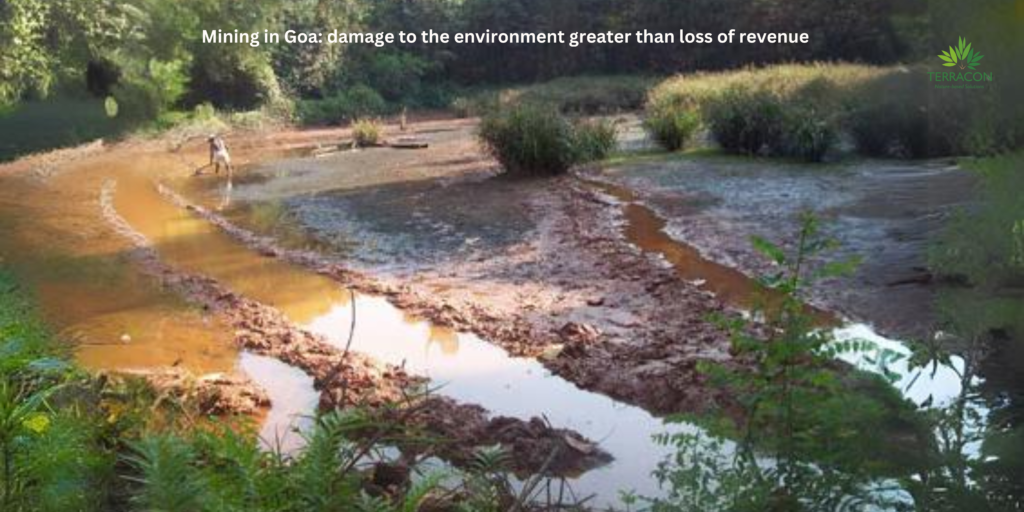
As the industry moves towards more sustainable practices, it’s essential to understand the intricacies of land restoration in mining, especially in regions like Goa where the impact of mining has been devastating. So, what does land restoration in mining really look like? Land restoration in mining refers to the process of rehabilitating land that has been degraded or damaged as a result of mining activities. This can include land that has been mined for coal, metals, or other minerals, as well as land that has been affected by mining-related activities such as drilling, blasting, and waste disposal. Learn what is Land Restoration in Mines?
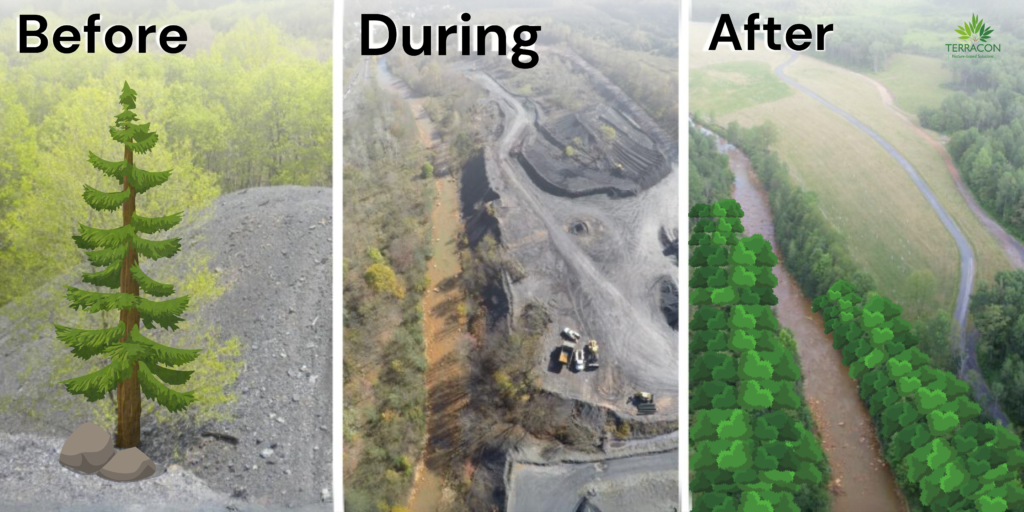
Over the last two decades, mining practices have intensified, leading to a substantial rise in land degradation. For instance, significant increases in the extraction of resources have been reported, highlighting a continued deterioration of the environment due to mining operations In certain regions, land affected by mining has expanded dramatically, with a reported increase of 400% in the last decade across various mining sites around the world.
But here’s the best part: land restoration in mining isn’t just a feel-good story – it’s also a smart business move. Companies that prioritize land restoration are seeing real benefits to their core , from improved brand reputation to increased operational efficiency. Land restoration in mining is not just a process—it’s a lifeline for ecosystems, communities, and the future of our planet. Yet, it often goes unnoticed, leading to dire consequences for human being, agricultural productivity, and environmental stability. Restoring mined lands is essential for preserving our environment, promoting sustainable development, and ensuring the well-being of local communities.
The mining activities that cause such severe environmental and social impacts are both a boon and a bane. Take India, for example, where the mining industry is a major economic driver. From coal to iron ore to bauxite, the country’s rich mineral resources are being tapped, fueling growth and development. Yet, this progress comes at a steep price: millions of hectares of land have been degraded or damaged by mining activities.
The consequences of this degradation are far-reaching—soil erosion, water pollution, and loss of biodiversity are just the beginning. Abandoned mining sites, often toxic and barren, pose serious health risks to nearby communities, exposing them to harmful chemicals, dust, and heavy metals that can cause respiratory issues and other diseases.
The impact of land degradation on agriculture is equally devastating. Soil degradation and loss of fertility can drastically reduce crop yields, leading to food insecurity and deepening poverty in farming communities. The loss of fertile land can also lead to decreased agricultural productivity, affecting not only local food systems but also national food security.
The economic costs of land degradation are staggering, with the International Union for Conservation of Nature estimating that it costs the global economy between $6.6 trillion and $10.6 trillion annually.
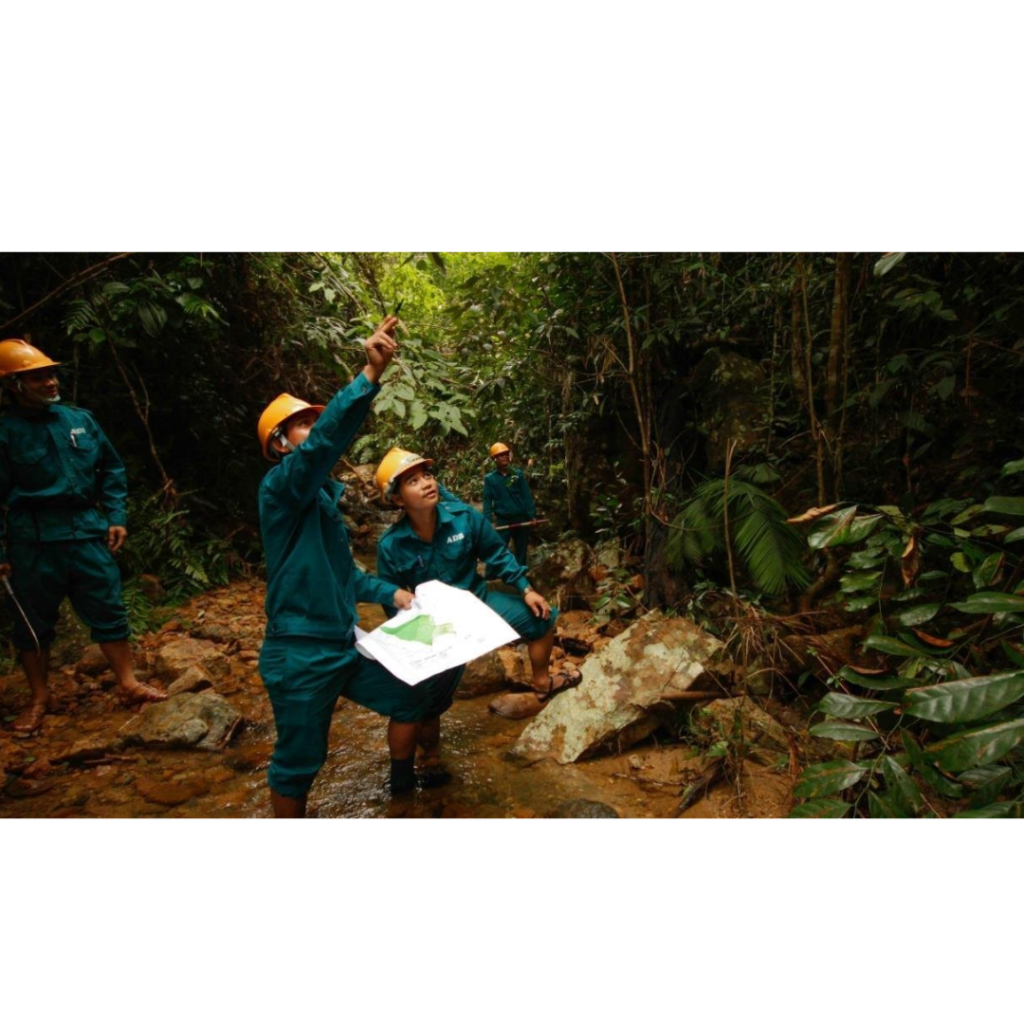
A better tomorrow starts with…
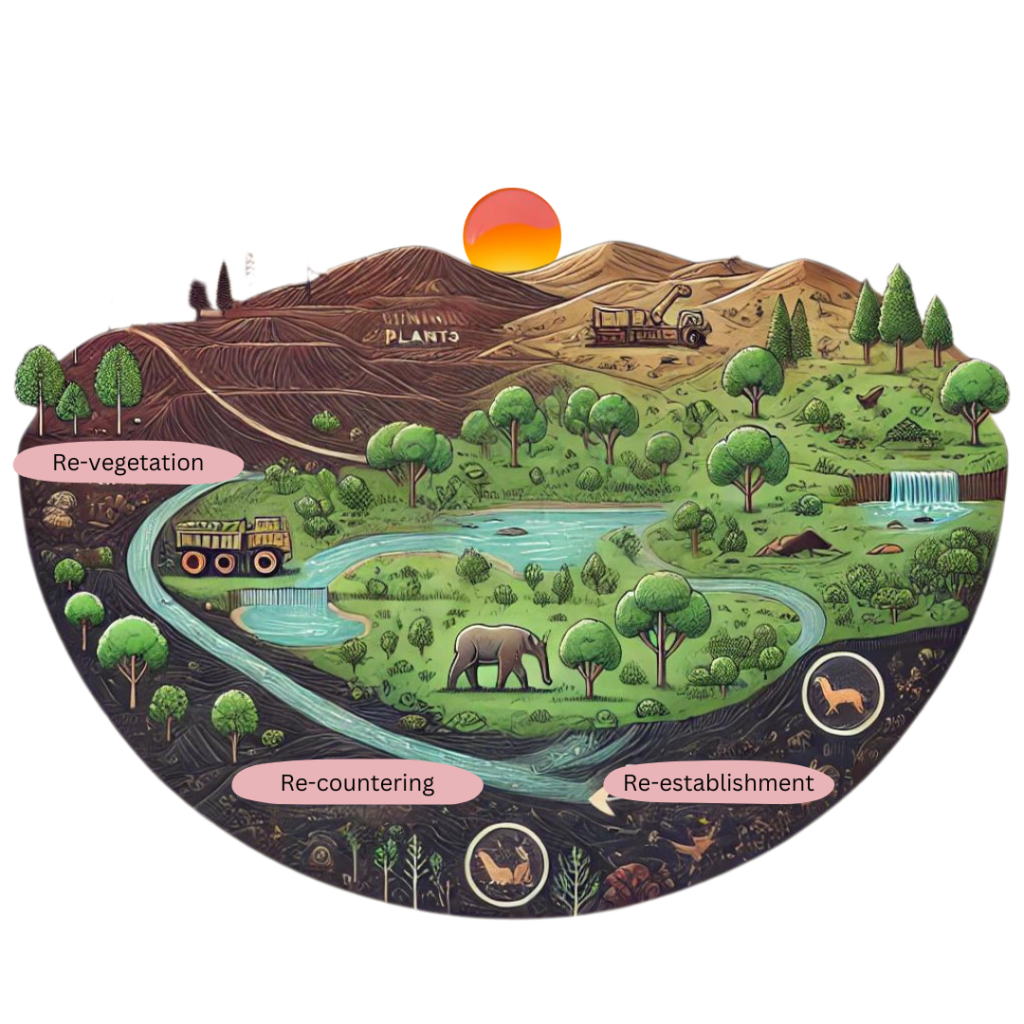
Land Restoration in Mining
Yet, in this bleak landscape, there is a glimmer of hope—a solution that offers the promise of renewal and recovery. Land restoration in mining involves a range of activities designed to rehabilitate land degraded by mining operations, including re-vegetation, re-contouring of the land, and the re-establishment of natural habitats. This process can take anywhere from 5 to 30 years, depending on the type of mining and the severity of the degradation.
Land restoration offers a range of benefits, including environmental, social, and economic advantages. By rehabilitating ecosystems and enhancing their resilience to future disturbances, land restoration can mitigate the impacts of mining and promote sustainable development. Moreover, restored land can be repurposed for various economic activities, such as agriculture, recreation, or conservation, generating revenue for local communities and promoting economic development.
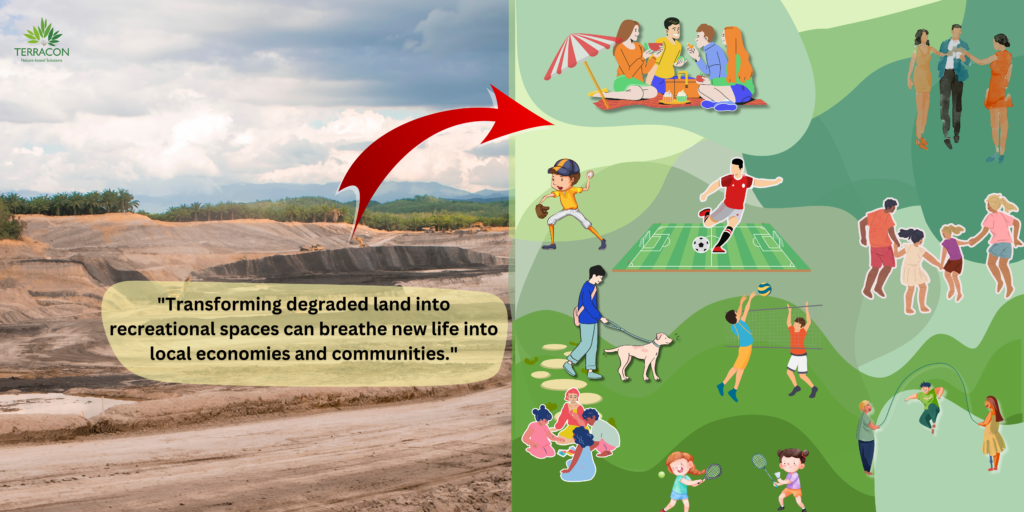
One solution is to repurpose the land for recreational purposes, such as creating football grounds, parks, or nature reserves. While these areas may not be restored to their original ecological state, they can still generate revenue for local communities and promote economic development. Additionally, restored land can be used for organic farming, offering new income streams for local farmers and promoting sustainable agriculture. Even if the land is not fully restored to its natural state, it can still be economically productive, providing a sustainable source of income for local communities and promoting economic growth.
In conclusion, land degradation due to mining is a significant problem that requires urgent attention. However, through land restoration, it is possible to mitigate the impacts of mining and promote sustainable development. By prioritizing the economic viability of land restoration, it is possible to foster sustainable practices that ensure a healthier planet and enhance the livelihood of future generations.

Written by
Anjeeta Goud
Team- Business development and Strategy
Terracon Ecotech
Reference:
Environmental Damages of Mining
How can mining become more environmentally sustainable?
Environmental impact assessment studies for mining area in Goa
Can we mitigate environmental impacts from mining?
Restoration of mine degraded land for sustainable environmental development
Environmental impact of mining
Land Rehabilitation After Mining
Understanding the impacts of mining on local environments and communities
